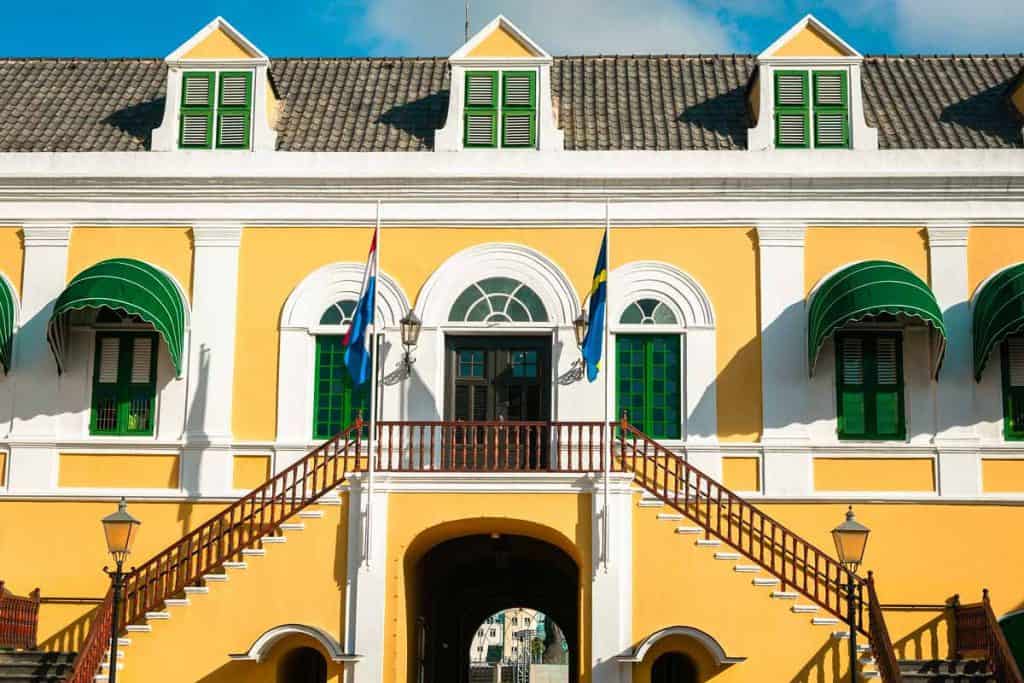There so many things, little details, of the island that we never take time to notice. Interesting details that may just spark an aha moment for you or give you a little bit more insight on the island. In order to help you out, I gathered 10 fun facts of Curaçao you may not know about.
1. The Name Curaçao
There are no hard facts about the history behind the name Curaçao, but it’s believed that the name come from the Portuguese word, coração, meaning heart. This can either refer to the fact that Curaçao used to be the heart/center of trade or the place where sailors were left behind and miraculously healed from their seasickness.
2. The Name Willemstad
There is so much behind the names of places on the island that you may not even know about. Curaçao was conquered by the Dutch in 1634. The city, Willemstad, was then named after the Dutch governor Willem II van Oranje (1626 – 1650). He was Prince of Oranje and from the Oranje-Nassau dynasty.
3. The Origin of the Colors
It is said that the mansions and buildings on Curaçao were all colored white. However, at one point the sitting governor mandated the buildings and houses to be painted in a different color as the white was very reflective and bad for the eye.
4. MLB Players
Curaçao has a total of 16 MLB players since 1989. With a population of only 160,000 inhabitants, Curaçao produces the most players per capita of any country. This is not even taking into account the number of minor league players from the island. A few successful players are Hensley Meulens, Andrew Jones, Andrelton Simmons, and Kenley Jansen.
5. Cultural Melting Pot
Curaçao has a total of 50 nationalities cohabiting together that through time has found their way to the island. All with their own traditions and language. You can see this influence in local history, architecture, food, music, and language. A fun fact of Curaçao is that most locals can speak 4 languages: Papiamentu, Dutch, English, and Spanish.
6. The Swinging Old Lady
The Swinging Old Lady is the nickname for the iconic Queen Emma Bridge that connects Punda and Otrobanda. This bridge is the longest pontoon bridge in the world at 170 meters. It literally floats over the Sint Anna Bay thanks to the 16 pontoon boats that carry it.










